Top 10: Superfoods
I started falling in love with the concept of “food as medicine” since my childhood when I was inspired by “The Huangdi Neijing” (a.k.a The Yellow Emperor’s Classic of Medicine 黃帝內經). This is the oldest medical treatise (475-221 BC) of ancient China and was part of my father’s collection. He used to teach the traditional concept of “Medicine and Food sharing the Same Origin” (医食同源) to the Chinese audience through his books, media columns, radio and TV shows. Later when I started exploring more from the school library, I found that the Greek physician Hippocrates, known as the Father of Early Medicine (ca. 460 BC – ca. 370 BC) had suggested the same concept around the same period of time. He stated “Let food be thy medicine and medicine be thy food.” This has become my creed of life as eating right is really important! Here are my top 10 superfoods.
Beatrice is a food writer, food educator, and founder of the Think.Cook.Save. Health & Food Education in Hong Kong.
10. White radish
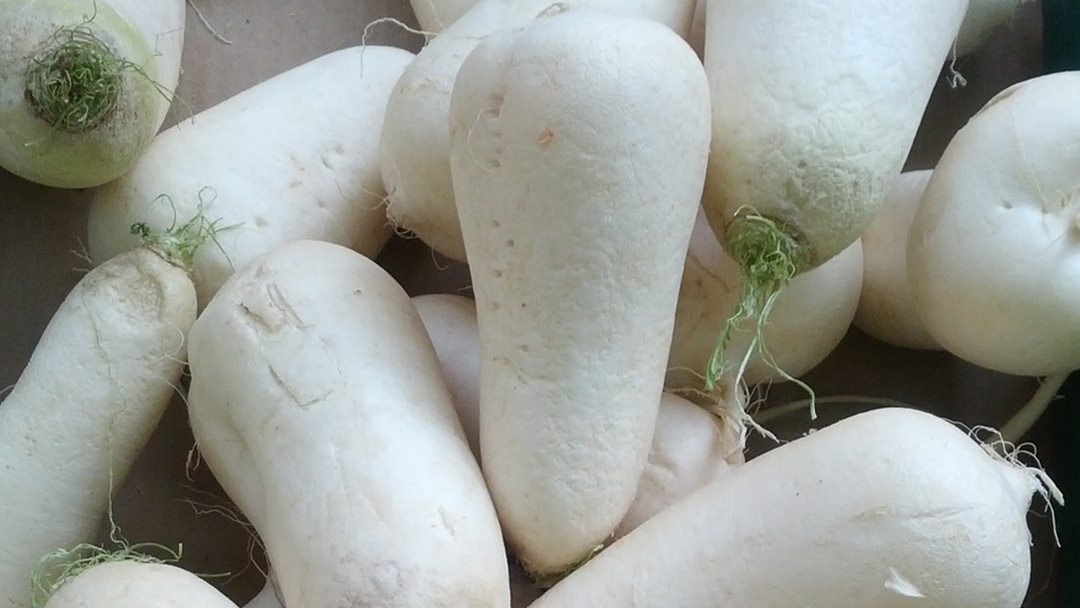
Chinese white radish (Daikon), widely known as “little ginseng” in China, carries the misconception of being associated with bad “Qi” (flow of air) . In fact, white radish can be very good for your health, especially in Winter. For example, most Chinese will make Turnip Cakes for Chinese New Year celebrations, and daikon can be commonly found in Japanese-style hotpot as well as kimchi in Korean cuisine. As an old saying has it, “White radish in winter, Ginger in summer, keeps doctors away for a year”. White radish also helps improve the digestive system, stimulating bowel movements. Therefore don’t forget to include white radish in your meal when you enjoy fatty meats in your hotpot to maintain a balanced diet. As a little reminder, Chinese culture avoids putting white radish & ginseng together in any dish to avoid imbalancing one’s “Qi”.
9. Goji berries
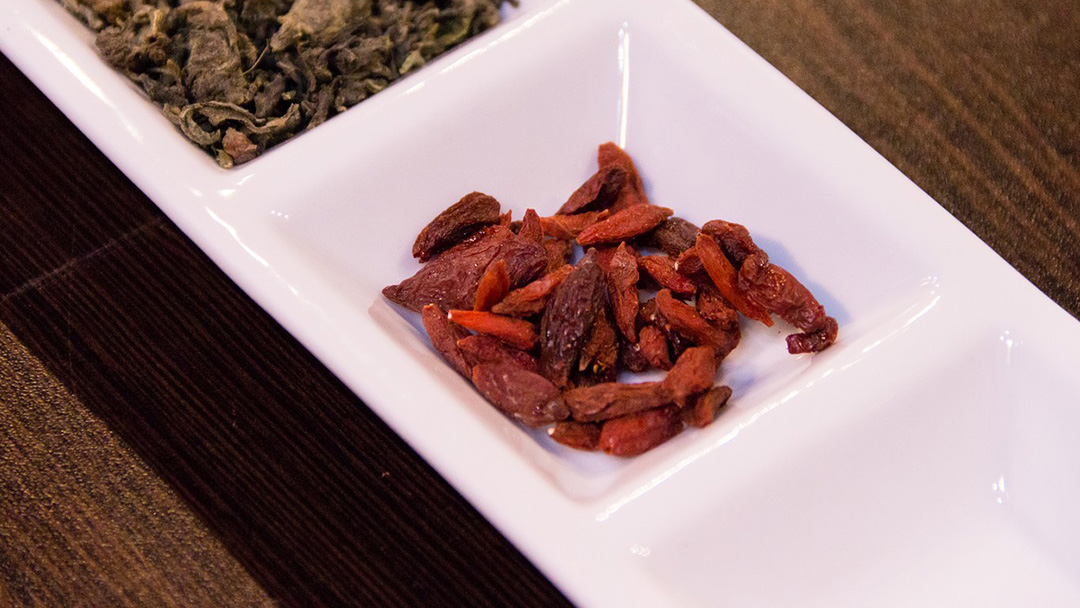
Goji Berries (Qi Zi in Chinese) can be found in most domestic households in China and Hong Kong. This cheap but nutritious ingredient can help nourish our liver and improve our eyesight. No wonder Goji berries are recommended for digital natives, especially office ladies who sleep late at night and suffer from blue light screens. According to a study by Chan HC as published in Experimental Neurology, a mouse which took Goji showed slower deterioration in the reduction of retinal ganglion cells. Apart from boosting the immune system as with many other super foods, Goji is anti-inflammatory and helpful against cancer. It can keep your liver running smoothly, lower blood sugar levels and raise high-density lipoprotein (HDL) levels. With its flexibility in cooking, you will see people from Guangdong adding Goji berries in soup, and people from the West eating sundried Goji berries as daily snack.
Foodcraft.asia carries a mission to create healthy foods that accommodates dietary restrictions without compromising on the flavor. Many snacks available!
8. Black sesame
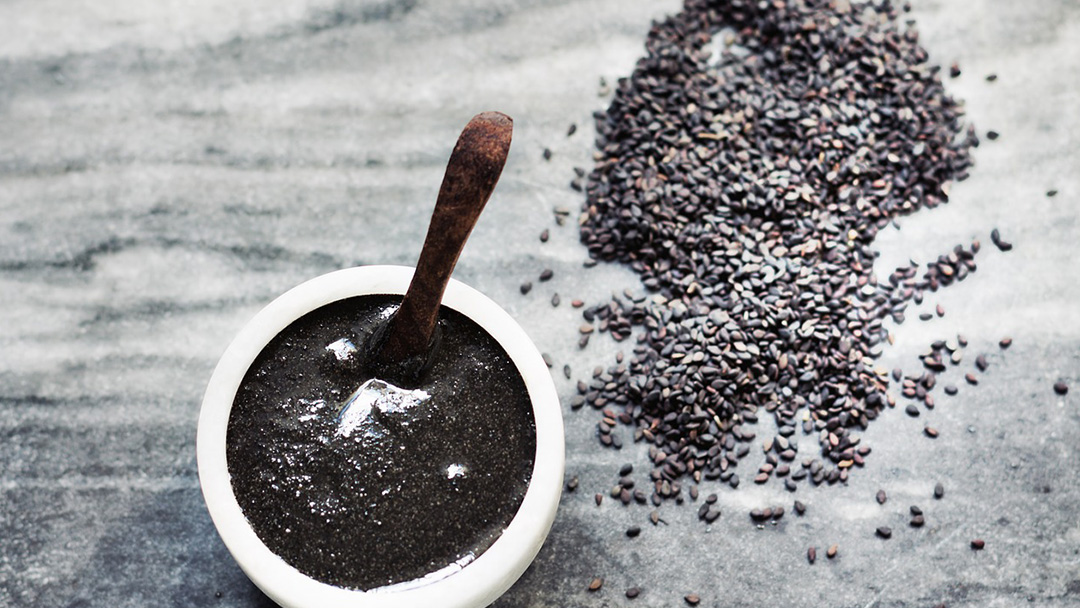
Whether in my hot drinks, breakfast or other meals, Black Sesame is a “must-have” ingredient in my daily diet. It is my secret to keeping my hair black and shiny. When I was a student, I found a copy of Li Shizhen “The Compendium of Materia Medica” on my father’s bookshelf and started reading this Chinese herbology written in the Ming Dynasty (around 1578). According to the book, the regular consumption of sesame can help you keep your youthfulness, with healthy eye sight and a healthy body shape. Frankly speaking, I’m proud of maintaining my eye sight perfectly and as well as a normal BMI by keeping this habit. Among gold, white and black sesame I prefer black sesame as it is relatively richer in calcium (4 times higher than milk!) So if you are someone like myself who is lactose intolerant, black sesame is definitely a good source of calcium for your body. Black sesame is also one of the best sources of Vitamin E among vegetables. If you aren’t already it’s time to start grinding some black sesame in your food or drink every day!
7. Rice
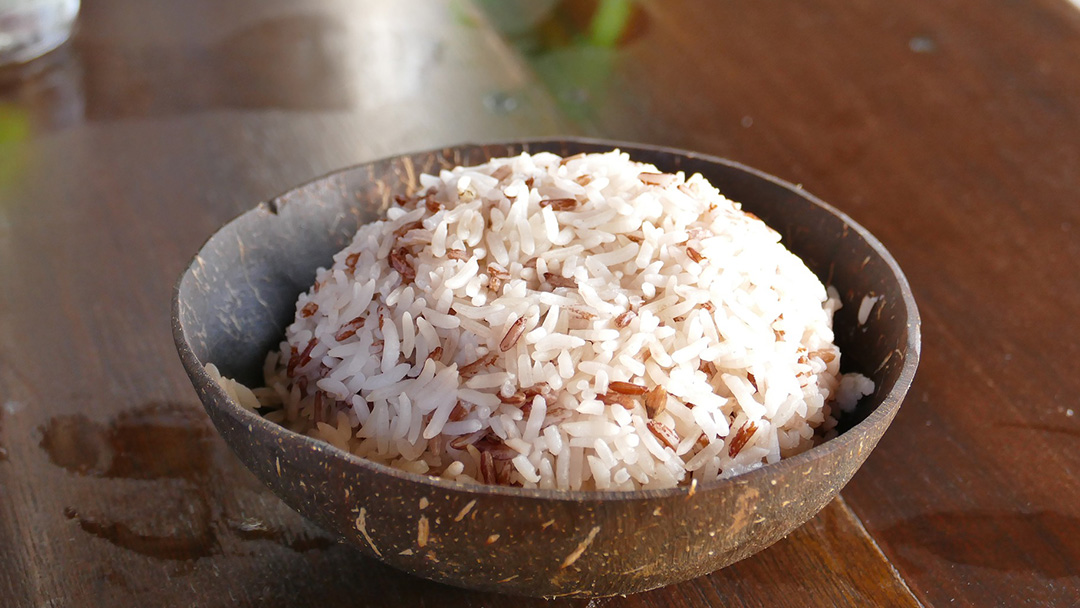
In the middle of a long trip in Europe, I can’t help but miss a good old bowl of rice. Rice is the staple food for over 1.6 billion people around the world yet no one knows exactly where rice originated from. What we know is a prehistoric rice from 10,000 years ago has been excavated between Thailand and Burma, while some Chinese archaeologists also found rice from 8,000 years ago. Hence, we can guess that rice originated in Asia, particularly Southeast Asia.
Rice is a nutritious food for sure, and we can further increase its nutritiousness by following a little tip from the United Nations (UN). As the UN announced “the International Year of Rice” in 2014, experts from the UN published research which maximized the nutritional value of rice by soaking brown rice in warm water over 20 hours for germination. Such germinated brown rice activates enzymes and amino acids and provides more nutrition for us.
6. Soybean
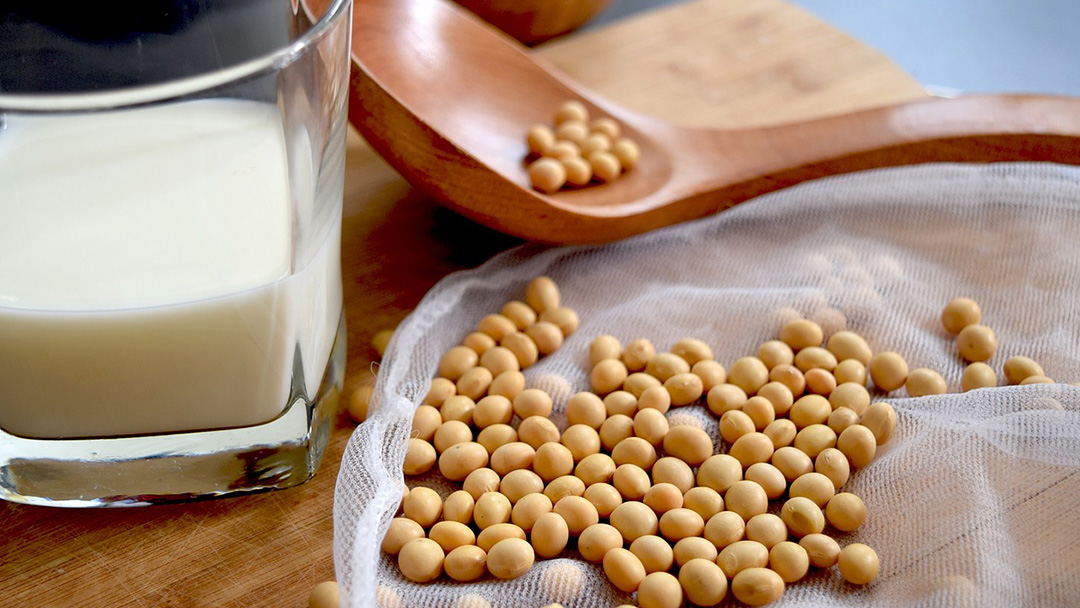
Soybean, known as “The King of the Beans” is especially rich in protein and calcium. Among the different types of soybeans, yellow soybeans are the most common and can be transformed into many types of food e.g. bean curd (tofu), soymilk, miso, black fermented soybean and soy sauce. Moreover, soy-based meat alternatives have been a major food of Asian vegetarians for many decades. I personally prefer to use organic soybean food products as 93% of non-organic soybeans are genetically modified. Over 90% of soybean and corn grown in the USA is genetically modified, much of which is used in processed food as well as feeding livestock. Consequently, humans directly and indirectly consume many GM products in many ways.
Looking for recipe ideas? Check out AllRecipes.Asia!
5. Bananas
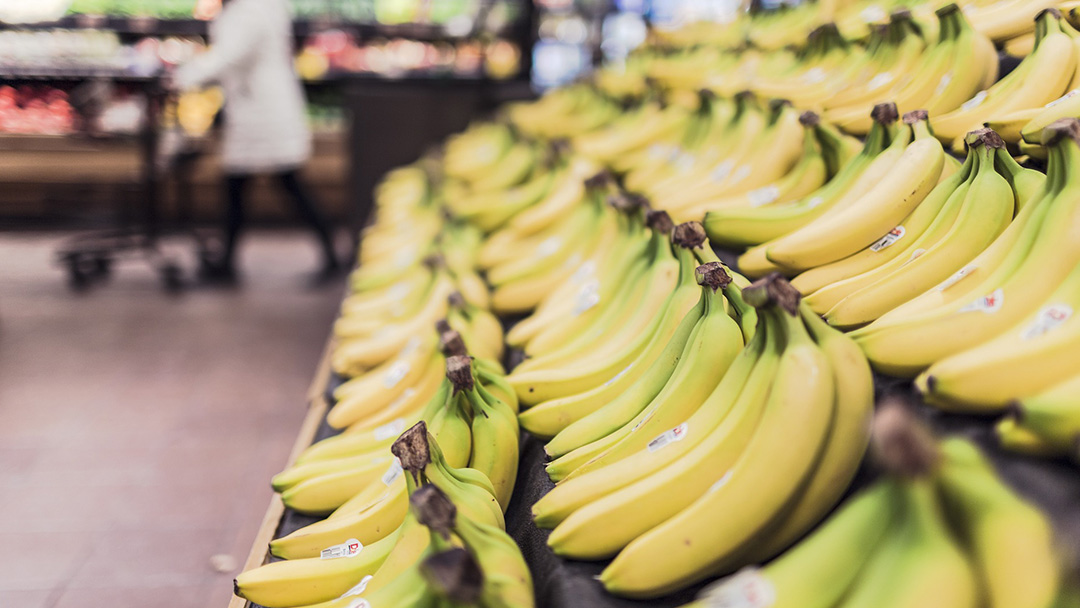
Among the many types of fruit on the earth, the banana is surely the best and most convenient for a lazy person like me! According to my casual research conducted at the DotAsia office, our younger teammates are even lazier than my generation when it comes to peeling fruit. However, we are all looking for a volunteer to serve us fruits with the skin peeled and well-sliced. Haha! Not only do bananas taste so good, they also help us relieve stress and sleep better. However, don’t consider replacing anti-depressants with eating bananas, unless you’re going to eat 91 bananas per day to absorb the equivalent amount of tryptophan.
4. Walnut
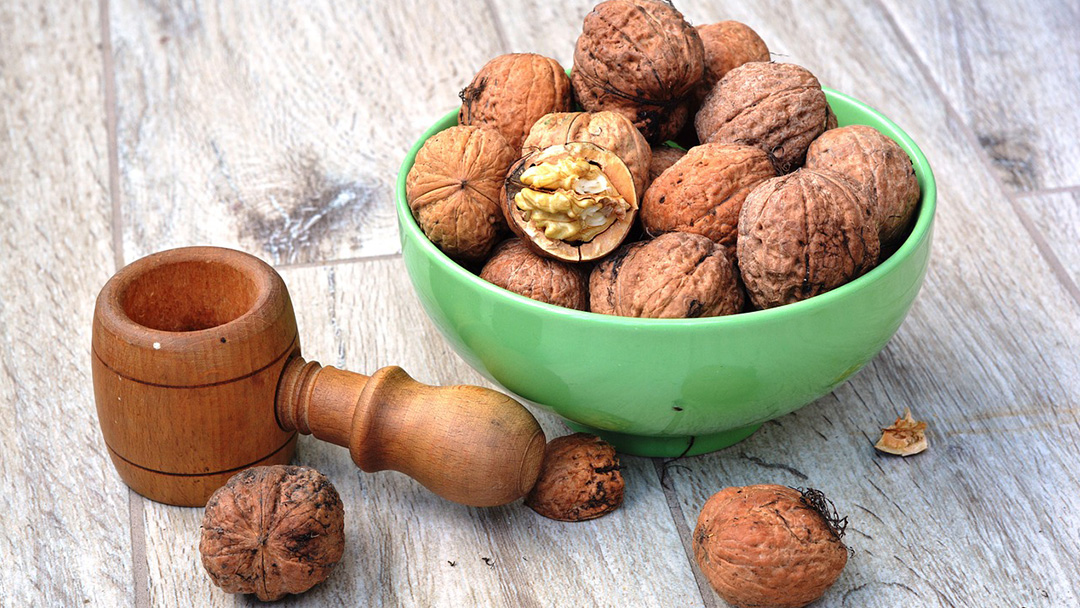
Walnuts are my favorite snack. This brain shaped nut is a good source of omega-3 fatty acids which helps our brain function well. As walnuts also improve our metabolism and reduce bad cholesterol, I’ve added this item to my mom’s breakfast too. Apart from breakfasts and salads, walnuts can also be part of desserts. Whether it’s making walnut sweet soup or walnut cake, walnuts are just so delicious and healthy for the whole family.
3. Turmeric
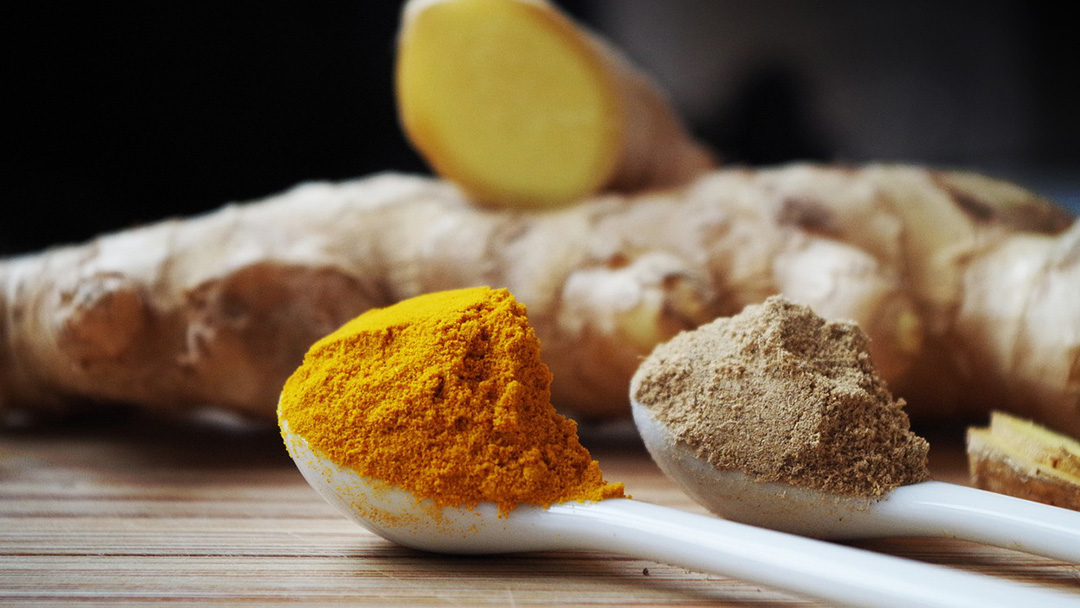
Turmeric is a plant native to Southeast Asia. It is known not just as a spice in traditional curries but also as an ancient Indian medicine. Originating in India, Ayurveda (meaning “science of life”) is one of the oldest medical systems in the world, which can heal our bodies through a holistic wellbeing approach; living harmoniously with nature and seeking a balance in life. Turmeric is highly recommended by Ayurveda as part of a daily diet. Curcumin (found in turmeric) is an anti-oxidant and anti-inflammatory, helps fight cancer and helps lower cholesterol levels naturally. Apart from cooking curry, it is also consumed in healthy drinks with milk or honey.
2. Seaweed
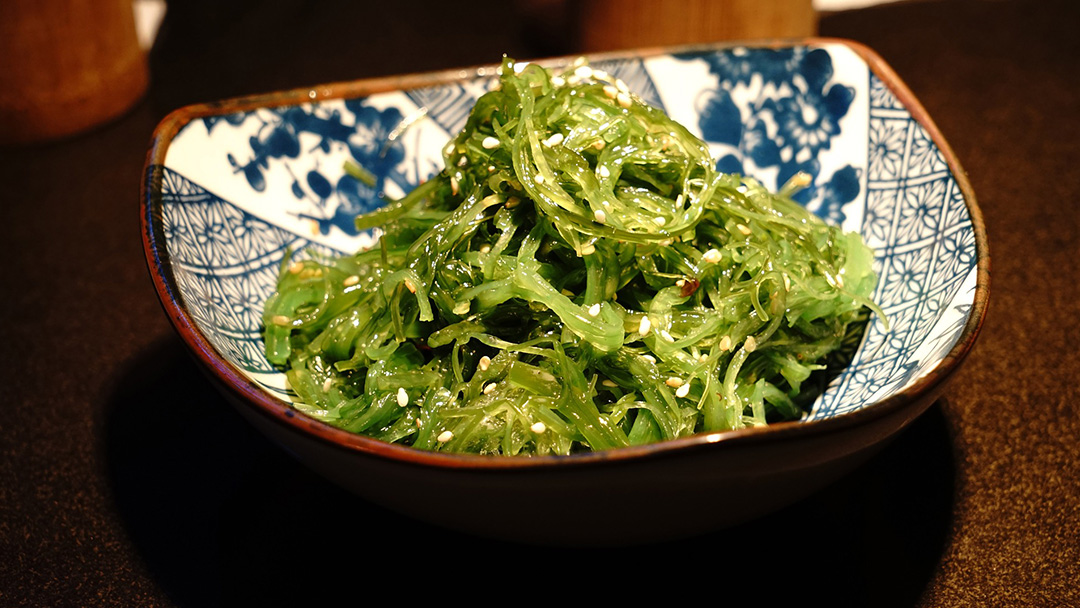
Seaweed is sometimes called the food of our future but only 140 out of 10,000 species are edible. There is a long history of consuming seaweed as food or even medicine in China, Korea, Japan and other Asian countries. Much like fish, seaweed contains plenty of protein but it also contains enzymes, fiber, and plenty of other nutrients and minerals that help boost our immune system, digestive, and cardiovascular health. Celebrity chefs such as René Redzepi, Rodolfo Guzmán and Virgilio Martinez also support using local seaweed in their creative dishes. Some common types of seaweed such as spirulina, dulse, nori, zicai, wakame, kombu, thongweed and sea lettuce are already widely used in various cuisines. However, more new varieties will appear sooner or later, surprising us with new tastes and textures to cater to the needs of 9 billion people by 2050.
Check out FoodHero.Asia. You may find the future Asian celebrity chef!
1. Eat the Seasons (Local real foods, balance diet)
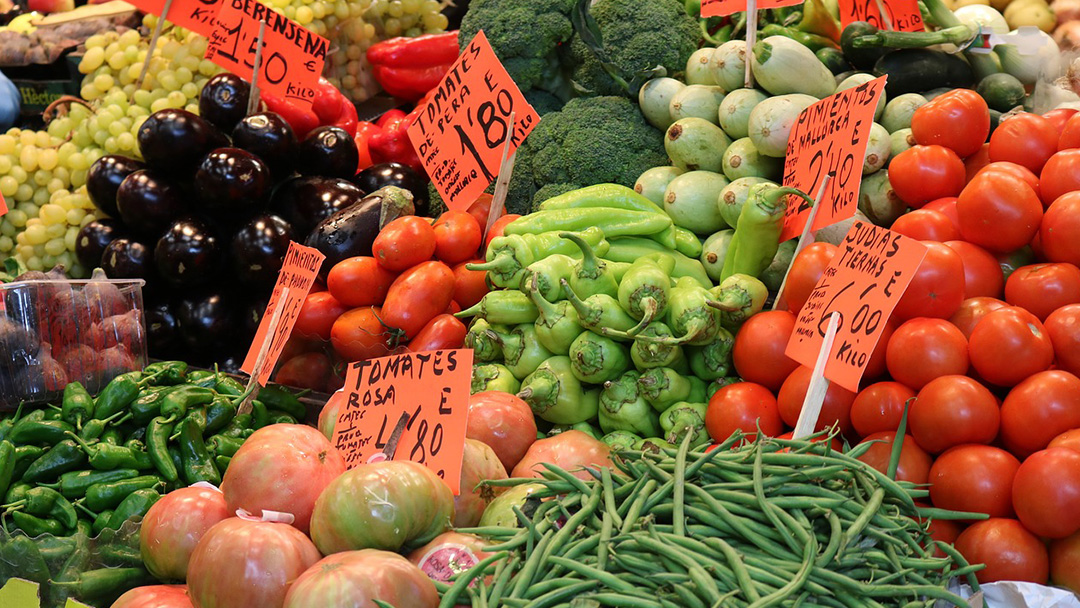
We cannot rely on one single food or even a few super foods to keep us healthy. To maintain good health, it’s always about a balanced diet.
I believe a balanced diet is ultimately the only path to better health. Following these three simple steps will keep you away from the doctor:
- A diet based on locally grown, seasonal, real/whole foods (wholesome and nourishing, respects sustainability) with variety (think rainbow colored!);
- Stay away from chemicals and processed food (occasionally is fine but not as your main diet);
- Keep your diet in fair portions, never too much or too little
A balanced diet really is the most timeless true superfood!
Visit FRD.Asia for more superfood selections across the globe.
No Results Found
The page you requested could not be found. Try refining your search, or use the navigation above to locate the post.

No Results Found
The page you requested could not be found. Try refining your search, or use the navigation above to locate the post.